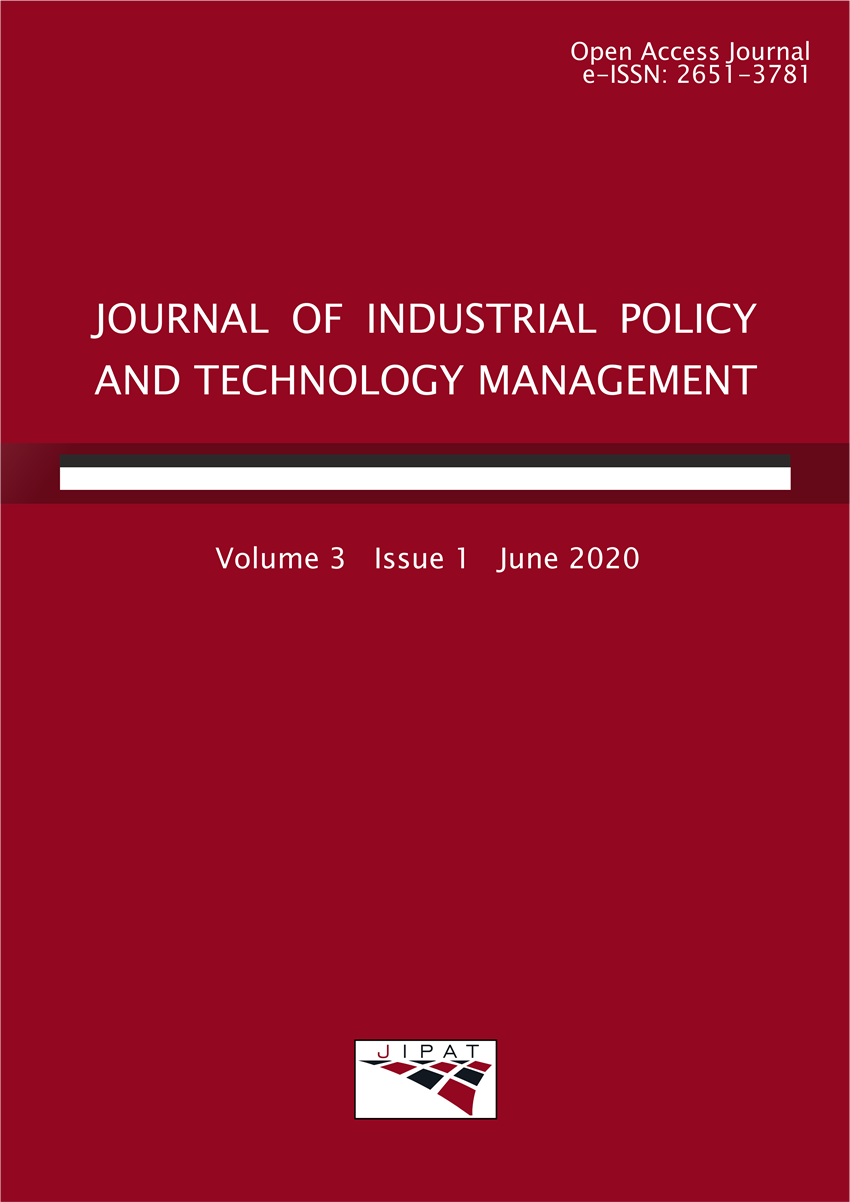Urban Transformation Applications
Abstract
Urban transformation aims to renew areas that are deteriorated and unable to meet contemporary needs. In Turkey, this concept emerged after disproportionate migration from rural to urban areas began in the 1950s, leading to unplanned urbanization and infrastructure problems in city centers. Particularly in historical and older settlements, excessive migration caused these regions to become physically and socially obsolete. To address this, various laws have been enacted to renew and reintegrate such areas into society. One such law is Law No. 5366, on the Renewal, Protection, and Utilization of Worn-out Historical and Cultural Immovable Assets. This law seeks to reintegrate protected areas abandoned to neglect by employing urban transformation methods. Another key regulation is Law No. 6306, on the Transformation of Areas under Disaster Risk, commonly known as the "Urban Transformation Law." Its primary aim is to minimize disaster risks and repair existing damages. Numerous transformation projects have been implemented under these laws and continue to progress in Turkey. However, most projects focus on demolishing and rebuilding structures without addressing the region's broader needs. Urban transformation should aim not only to rebuild structures but also to cater to the area's socioeconomic and environmental requirements. In Turkey, urban transformation is often driven by the need to mitigate disaster risks, reflecting the reality of frequent natural disasters. For this reason, understanding its practical and judicial dimensions is crucial for ensuring that urban transformation serves its intended purpose effectively.
Keywords
Full Text:
PDF
This work is licensed under a Creative Commons Attribution 4.0 International License.
Indexing and Abstracting Services



Other Sources and Services

License

Journal of Industrial Policy and Technology Management is licensed under a Creative Commons Attribution 4.0 International License.
Mailing Address
 | Journal of Industrial Policy and Technology Management |


